Table of Contents
The world is rapidly changing after the fourth industrial revolution. This has led to the introduction of artificial intelligence and machine learning in our lives, which has caused constant change and uncertainty. This is why traditional education methods are fading and people are going toward personalized learning to survive in this AI era. Personalization helps students focus on their one interest. It helps them in mastering one specific skill and continuously upgrade their knowledge.
But, achieving personalization is not an easy task. For over a century, different educational researchers have been trying various methods to adapt to personalized learning in the classroom. These methods include project-based learning, flipped classrooms, effective group work and personalized questioning.
To implement these strategies effectively, teachers and educational institutes need to step into E-learning. Artificial Intelligence and machine learning are changing the dynamics of the educational landscape, leading toward personalized learning. They are contributing in various ways but also have their limitations.
Main Drivers of Personalized Learning
Different researchers found various drivers of personalized learning. These drivers are essential elements that enable students to learn at their own pace in the educational landscape.
The first major driver that 100 percent of researchers confirm is identifying individual students’ characteristics. Every student is unique from each other as they have different backgrounds, learning habits, learning disorders, cognitive abilities and moods. So, teachers should understand them before creating a curriculum and activities for the classroom.
The second major driver is content personalization. It involves how teachers deliver the lecture to the students. It includes generating individualized learning paths, creating courses with various layers, and generating asynchronous activities and games in the curriculum to deliver the content.
The third driver is personalized assessments. Teachers should provide personalized and detailed feedback to students so that they can identify their weak points. It also includes creating personalized assessments.
Another major driver is making the learning atmosphere interactive and fun for students. Classrooms and homework should not be boring so that students can enjoy it. This also includes adding time management and retention techniques so that students can maximize their productivity.
Teachers’ training is also crucial. They should be trained to implement personalized learning strategies in the classroom. Some researchers also recommended implementing different modules of personalized learning in the curriculum. It includes students-centered learning approaches such as flipped classrooms, blended learning, project-based learning, gamification aspects in the classroom and much more.
Two E-learning Systems: Adaptive and Intelligent
Different researchers have differentiated two types of e-learning systems for educational purposes: adaptive and intelligent.
Adaptive learning systems use algorithms and data-driven instructions to adjust to various learning experiences of students. This software allows students to complete a course or concept by providing them with essential resources. The system dynamically adjusts the next lesson or practice activity according to the performance of students.
But, the other system is a bit better than the first one. It is known as an intelligent system. AI’s ability to collect and analyze data on students’ performance provides educators with unparalleled insights into outcomes and learning experiences. It intelligently collects data from individual students and provides insights according to their performances and learning preferences. That's why this system is more prominent in E-learning.
Personalization in E-learning: How AI can improve the learning experience?
Artificial intelligence has the power to fulfill the requirements of all main drivers of personalized learning. Some software can collect the data of students to know their strengths, learning preferences, weaknesses and students’ profiles. Then, they can create personalized curriculums for individual students.
Various software can analyze the progress of students while they are acquiring any skill. This can help teachers know where students are lacking so that they can help them with different resources and teaching techniques.
AI-powered content delivery networks (CDNs) are changing the way content is delivered to students. It ensures a seamless learning experience as it enables students to access education worldwide. These networks enhance the quality of live streaming to ensure students can get access to education everywhere. It is helping educators to involve students with physical disability in the classroom.
Various software also provides courses and resources or allows teachers to create a personalized one for their kids. Moreover, these softwares contain training materials for teachers so that they can upgrade their skills. They also enable students to have self-directed learning that prepares them for a tough corporate life.
Different AI tools enable teachers to write personalized feedback and assess students’ assessments within a few moments. AI tools can assess their assessments to provide scores and detailed feedback on students' performance. It also enables teachers to share feedback with students as soon as possible so that they can address their weaknesses without wasting any time.
Another major factor is making the learning atmosphere fun and engaging. Various learning management systems (LMS) enable teachers to incorporate AI tools and software in the classroom. LMS enables teachers to incorporate student-centered activities in the classroom. They can add project-based learning, personalized questions, blended learning, flipped classrooms and gamification aspects to the curriculum.
These tools provide a user-friendly interface that doesn't frustrate students. Moreover, they all have different gamification aspects that allow students to enjoy the process of learning.
Augmented reality and Virtual reality technology are the advanced features that help teachers deliver the content in a fun way. It changes the concept of a rigid curriculum and memorization techniques. Because students can learn any concept by observing them through augmented and virtual reality.
Examples of Artificial Intelligence in E-learning
Various AI tools are performing different tasks in the E-learning world. There are a few examples that could help you understand how AI is revolutionizing the educational world.
The first example is Duolingo. Duolingo is an AI-powered platform that contains courses, activities and resources a student needs for language acquisition. It has game-based learning activities that make learning fun for students. It customized the activities and courses according to the pace and performance of students, enabling personalized learning. Moreover, it provides detailed feedback and assessment after activities that enable students to find out their weak points.
Another prominent tool is Kahoot. It is a gamification-based tool that allows educators to create, play and share educational games with their classrooms. It contains a lot of games and fun elements that students could play to enjoy learning. It is best for young students who want fun in their classrooms to learn. Moreover, teachers can create fun games on Kahoot according to the individualized needs of their students.
Teachify is also a great tool that allows access to students’ data and knows whether they prefer auditory learning, visual learning or any other type of learning module. They access data and create personalized assignments and tasks for each student. Moreover, it also provides evaluation, feedback and insights to teachers about every student’s progress.
There are various LMS systems, such as Google Classroom, that enable teachers to add multimedia in the classroom. It also allows them to introduce blended learning in the curriculum.
MOOC platforms are also here, such as Coursera and FutureLearn. They allow teachers to add personalized resources and courses to the curriculum of students. Educators can create courses with the help of different AI platforms.
Future of Artificial Intelligence in Education
New technology can be introduced in the education field that can bring innovative changes in the field of education.
Prominent technology that can be introduced in E-learning is humanoid robots. These robots can assess the mood of students in the classroom. They can know whether students are feeling anxious, fearful, or they are grasping the concept. This knowledge could help teachers in managing the classroom effectively and customizing the teaching patterns according to students’ needs.
MOOC courses are the future as they can replace a college degree. Students who live in far areas and can't access quality education can benefit from these courses.
Moreover, virtual tutors could give tuition to students who are struggling and in need of assistance. With all of this, AI would soon replace typical and rigid curricula with personalized and flexible classroom learning.
Ethical Considerations
Privacy concerns, algorithm biases, data security and transparency in decision-making are some ethical considerations that come with implementing AI in the education field.
There are privacy concerns because AI needs students' data to analyze their needs and provide personalized assessments. This could lead to the threat of various cyber crimes. So, institutes need robust security measures that can detect threats and secure the data from any harm.
Algorithms can also be biased as they are created by humans. It also includes a tech divide where a few students could have access to resources, but a few do not because of a lack of internet and resources. For this, educational stakeholders should work together to address these issues and mitigate any bias present in the algorithm.
Another major ethical concern is the misuse of technology by students or teachers. The tools allow collaborative and out-of-the-classroom learning. This can lead to misuse of technology that can disrupt anyone's privacy. So, there should be rules about it.
In short, every educational stakeholder should work together to ensure the safe and innovative use of artificial intelligence in the field of E-learning.
















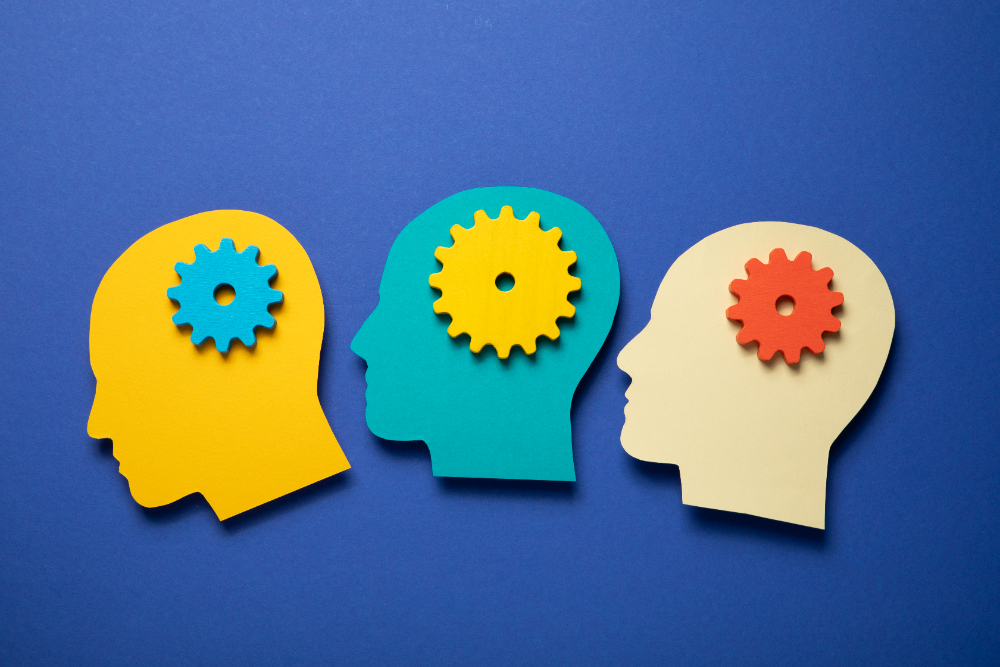



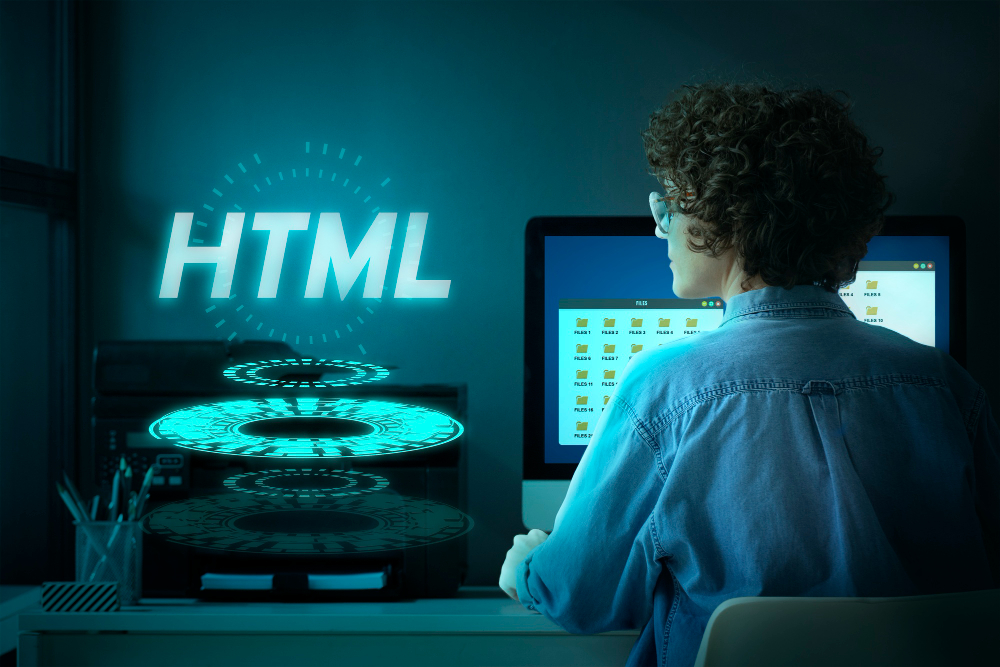


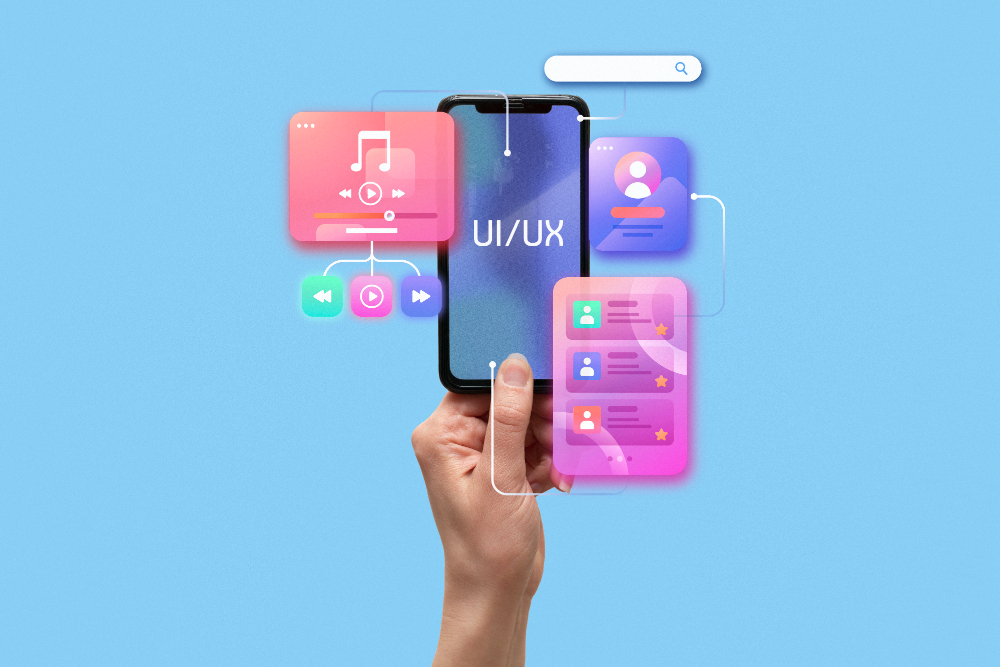



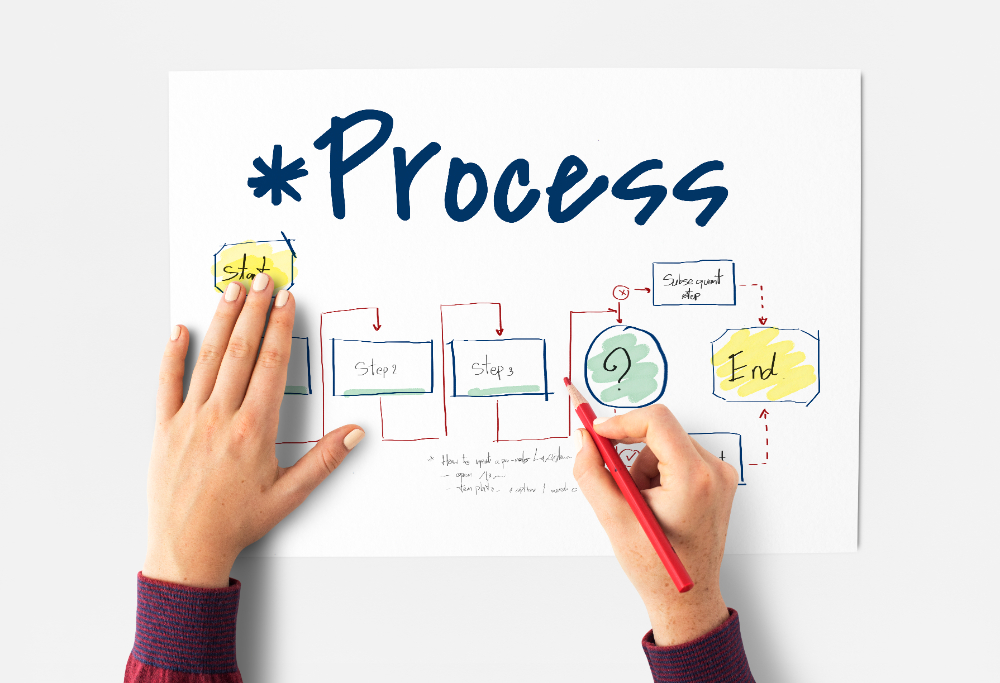



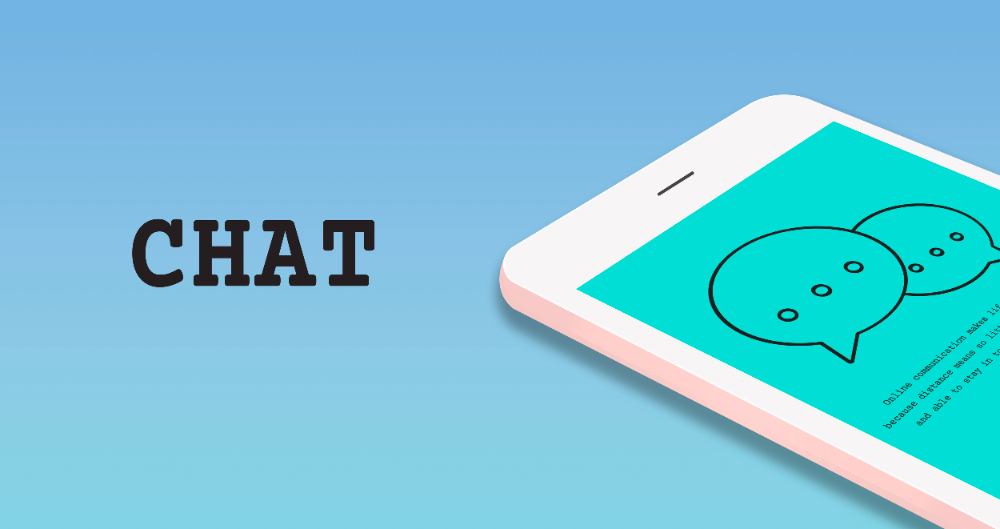

Comments are closed.